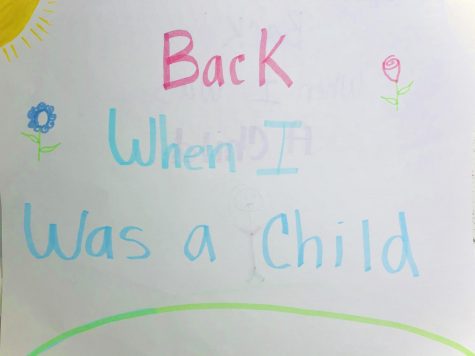When chronic illness strikes
Learning to live with POTS
Over 70 million people worldwide have a form of dysautonomia. The most common form is Neurocardiogenic Syncope.
I used to let a four letter word define me. It wasn’t ugly or mean, it was POTS, short for Postural Orthostatic Tachycardia Syndrome. POTS is a form of dysautonomia, an umbrella term that classifies dysfunctions in the autonomic nervous system (ANS).
Basically, the body carries out many processes automatically, like digesting and cardiac activity, using the ANS. With dysautonomia, the ANS dysfunction interrupts many of these processes, resulting in a myriad of problems. With POTS, the main symptoms include fatigue, tachycardia (fast heart rate), lightheadedness, and nausea.
My story started with a quest for a diagnosis. I had been experiencing symptoms that pointed to something being wrong, but no one could figure out what. The fatigue and joint pain limited my outings to the almost weekly doctor appointments where medical professionals would listen to my symptoms then direct me to another doctor. My school performance tapered off and the absences grew as I dealt with what seemed the impossible.
The path to a diagnosis for a chronic illness can take years for different reasons. Some chronic illnesses are difficult to diagnose due to a lack of awareness and exposure, leading to misdiagnoses. The phrase Postural Orthostatic Tachycardia Syndrome was only recently coined by the Mayo Clinic in 1993 after researching and identifying the condition.
After countless doctor’s visits and tests, someone brought up POTS. The symptoms matched including, especially, the heightened heart rate when moving from a sitting to standing position. It was almost a bittersweet moment, it finally had a name, but no cure.
The cause of POTS isn’t clear. A genetic component has been proposed, simple deconditioning blamed, but ultimately, the root of the condition is ambiguous. Whether or not another dysautonomic condition or abnormality is to blame, the cure is the same: nonexistent. Treatment includes managing symptoms, fluid and salt intake, and exercise.
A rehabilitation clinic was introduced for teens with chronic pain that boasted miraculous recovery stories. At this point, I had to use a wheelchair on outings with prolonged walking and used a cane almost daily. This program seemed like a godsend, I was eager to participate and fight for my life back.
1 of every 100 teens has POTS with a severity ranging from very mild to debilitating; 25% of those afflicted cannot work or attend school. POTS has been associated with other chronic illnesses, like Ehlers Danlos Syndrome, autoimmune diseases, and can occur concurrently. Experiencing a chronic illness of any type is also associated with increased depressive symptoms.
Six months passed before a seat opened at the rehabilitation clinic. There, I exercised daily and reaccustomed to an active lifestyle with peers in similar situations; it was the first time I met someone else with POTS. The rigorous curriculum forced a fight against the natural instincts telling me to stop and return to bed.
Those who participated in the program reported improved dysautonomic symptoms; almost 20% of patients’ recovered wholly and 50% reported improved symptoms. Males were twice as likely to report recovery than their female counterparts. Individual stories note vastly alleviated symptoms and better quality of life.
In three weeks time, I didn’t need a wheelchair or cane to walk anymore. I could continue through a regular day without extreme exhaustion which hadn’t happened since the onset of symptoms. I still experience pain daily and struggle sometimes, but feel better equipped to handle whatever POTS throws at me. It’s important for me to share my story so others know it is possible. Experiencing a chronic illness is isolating, it can run your life, or, you can take control of it.
For more information on POTS and dysautonomia, visit Dysautonomia International.

Hi! I'm Michelle Parker, this is my second year on The Roar staff. I’m very excited to see what this year brings us. I have three dogs whom I love and...



















